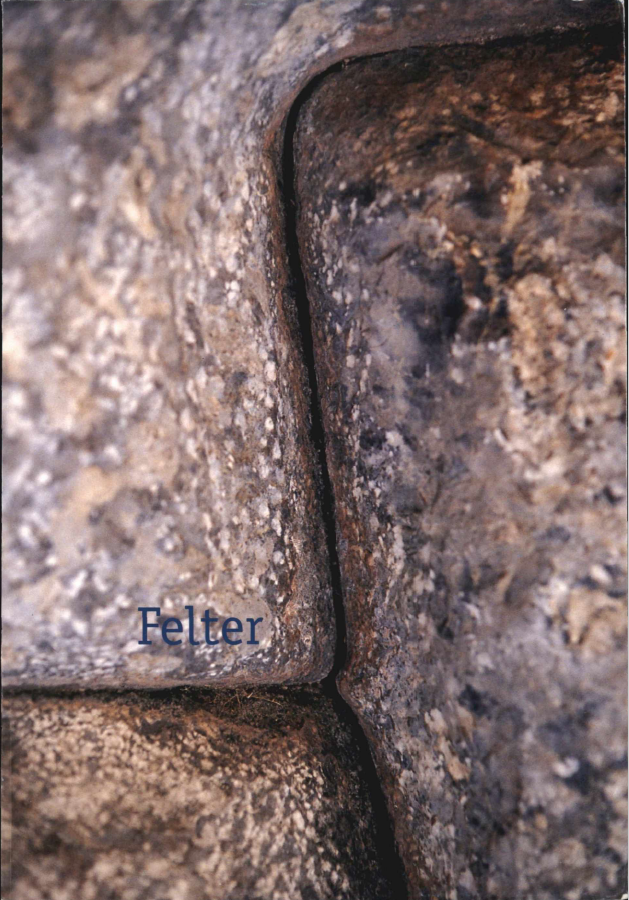DUAL ORGANISERING, HIERARKI OG FIREDELINGSLOGIK I ANDES: En komparativ tilgang
DOI:
https://doi.org/10.7146/ta.v0i35-36.115273Abstract
Alf Hornborg: Dual Organization,
Hierarchy and the Logic of Quadripartition
in Andean Societies. A Comparative
Approach
A comparative perspective can help to
illuminate the quadripartite, ethnic hierarchies
of Andean communities by placing
them in a wider, South American context.
The ethnography of Southern India also
provides us with valuable clues for
understanding the structure of traditional,
Andean hierarchies. The endogamous
moiety systems of the Andes can be understood
as transformations of exogamous
moiety divisions such as those of central
Brazil. In both areas, hierarchies of ranked,
endogamous strata have been intersected by
exogamous dual divisions. The horizontal,
ceremonially and spatially more conspicuous
moiety divisions would have had the
effect of mystifying and neutralizing the
vertical dimensions of political and economic
stratification, augmenting moiety
allegiance to minimize tensions between
strata. The recurrent, quadripartite organization
of Andean communities appears to
harbour a potential for either the symmetric
or restricted exchange of exogamous
moieties or the asymmetric exchange of
more inclusive and hierarchical social
systems. Apparently, the dualistic social
categories of Andean communities are
classificatory grids which can subsume new
ethnic elements as they enter the scene. In
maintaining an illusion of reciprocity, dual
organization may well have facilitated the
growth of hierarchical social systems. The
obsession with dual organization in the
Andes and the central Brazil suggests an
attempt to reproduce the basic, structural
principles of two-line terminologies (viz.
dual opposition, relative age, and gender)
through other means than the simple,
transitive logic of kin term usage. At the very
point where these ordering principles could
no longer be maintained in the course of
everyday interaction, they proved to be of
such profound significance for resisting
chaos that they provided templates for the
physical construction of social space.
Downloads
Published
How to Cite
Issue
Section
License
Ophavsretten til artiklerne i Tidsskriftet Antropologi tilfalder forfatteren.
Artikler publiceret i Tidsskriftet Antropologi må citeres, downloades og videresendes for ikke-kommerciel brug, under forudsætning af normal akademisk reference til forfatter(e) samt tidsskrift, årgang, nummer og sider. Artiklerne må kun genudgives med eksplicit tilladelse fra forfatter(e) og tidsskriftet.


